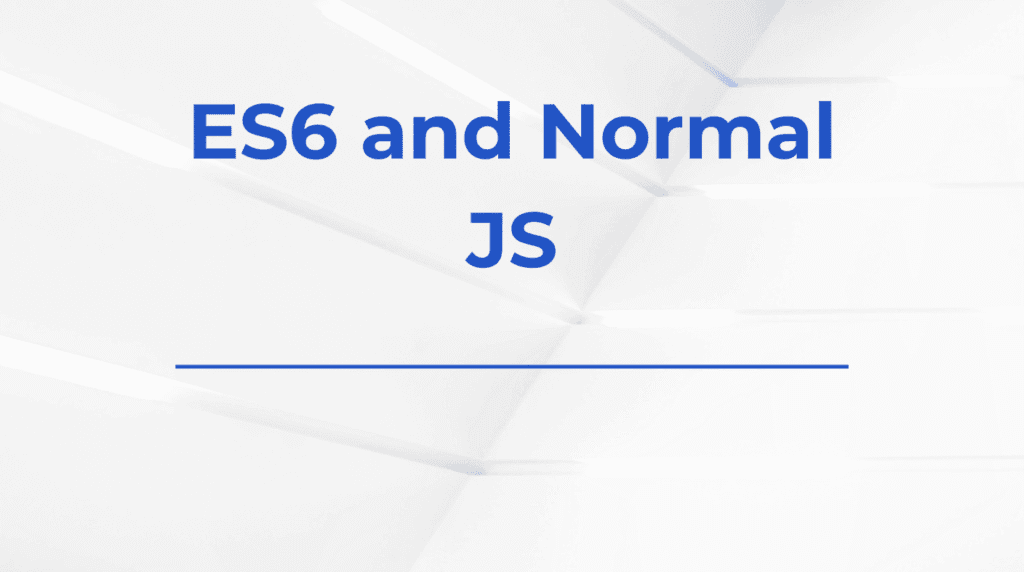When building modern React applications, a common challenge developers face is the need to pass data deeply through component trees without resorting to prop drilling. Prop drilling can quickly become cumbersome and error-prone as components grow and nest. This is especially frustrating when multiple components—often several layers deep—depend on the same global or shared state. React’s Context API was introduced as a solution to this, offering a clean and structured way to manage state across deeply nested components without passing props manually at every level.
Avoiding Prop Drilling
The most immediate benefit of using Context is eliminating the need for repetitive and verbose prop drilling. In projects where themes, authentication status, user preferences, or language settings need to be accessed throughout the app, Context provides a way to centralize that data and expose it across all components that need it. Instead of manually threading state through layers of props, components can access the necessary values using the useContext hook, making the codebase easier to read and maintain.
Cleaner Component Architecture
Context significantly improves component composition and architecture by reducing inter-component dependencies. When a child component depends on global state, it doesn’t need to care about the components in between. This separation of concerns allows developers to reason about components in isolation, which in turn leads to more reusable and testable components. The useContext hook fits naturally within functional components and complements React’s declarative paradigm.
Efficient Grouped State Management
For scenarios where grouped state needs to be shared—like UI themes or cart information in an e-commerce app—Context provides a structured way to encapsulate that logic in one provider. Instead of scattering state and its handlers across unrelated parts of the app, it centralizes the source of truth. This pattern works especially well when combined with reducers, as discussed in this breakdown of using reducers with context, offering even more control over state transitions in large applications.
Memoization and Performance
A well-known concern with Context is that it can cause unnecessary re-renders if not used carefully. Any component that consumes a context value will re-render whenever that context updates. However, this doesn’t mean Context is inefficient. When used properly with memoization techniques, split providers, and stable context values, it offers great performance. Understanding the underlying causes of re-renders, as explained in this post on unnecessary re-renders, can help avoid these pitfalls and build high-performing components.
Better Developer Experience
Working with Context is often more intuitive and lightweight compared to third-party solutions like Redux, especially for small to medium-sized applications. Redux and other state libraries bring in their own conventions, boilerplate, and setup time. With Context, developers use a tool built into React that integrates seamlessly with hooks. This leads to a more cohesive and React-native development experience. For simpler use cases, setting up a context takes just a few lines, and it doesn’t require extra libraries or middleware.
One subtle advantage of Context is that it allows for scoping shared state to specific branches of the component tree. This is useful in applications where different parts of the app need different providers. For instance, a dashboard and a public site might require different themes, user roles, or locale settings. By placing separate Context providers around each section, the app stays modular, and state is not globally polluted.
Great for Read-Heavy Data
Context shines when managing read-heavy global state. If data doesn’t change often or is primarily consumed rather than updated (like app configuration or static user details), Context ensures that components can access that data with minimal effort. For write-heavy state or more complex state logic, combining Context with useReducer or exploring alternative state solutions can provide a better fit.
When Not to Use It
Despite its strengths, Context isn’t the right fit for all situations. Using it for rapidly changing state, like form inputs or animations, can lead to performance bottlenecks. It also isn’t meant to be a replacement for every kind of state logic. Recognizing when to reach for context and when to keep state local is a skill that comes with experience and thoughtful architecture. In high-frequency scenarios, local state or even a reducer pattern scoped to a component might be more appropriate.
Conclusion
Context isn’t about solving every state problem—it’s about solving the right problem elegantly. Its simplicity, alignment with React hooks, and ability to eliminate prop drilling make it a powerful tool when used in the right context (pun intended). Whether managing a dark mode toggle, authenticated user state, or shared configuration, Context allows React developers to streamline state access and write cleaner, more maintainable code.
For developers looking to expand their understanding of React’s ecosystem, it’s worth exploring not just Context in isolation, but how it fits into a broader architecture, such as story-driven component libraries or testing patterns with React Testing Library queries. Every tool has its purpose—and when used wisely, Context can make state management in React feel less like a battle and more like a flow.









